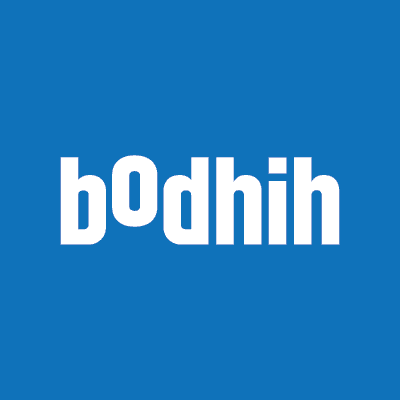When organizations take initiatives to improve performance, grab new opportunities or tackle important issues, organizations often require changes; changes in protocol, job roles, organizational structure and types and implementation of new technology. However, what most of the organization miss understanding is that eventually, it is the employees of the organization who have to ultimately change how they look and perform their jobs. If the employees are not successful in their personal transition, if they do not mend themselves and learn the fresh way of working, the initiative will fail. If employees acknowledge and adopt the changes required, the expected results will be delivered and met.
Change management is the ordeal that guides how organizations prepare, support and equips employees to effectively embrace change in order to steer organizational success and expectations.
Changes certainly are unique and along with it every individual is unique, years of research show that there are actions organizations can take to influence people in their individual transitions. Change Management creates a pathway to support individuals in organizations to transition from their own current states to their own future states.
There are 3 levels of Change Management
- Individual Change Management
Though is the natural psychology and physiological reaction of humans to resist change, humans are actually quite flexible creatures. If supported during the times of change, humans can be surprisingly adaptive and successful.
Individual change management requires an understanding of how people go through change and why they need to transition successfully. It also requires one to know what will make them transition successfully: what messages one needs to hear when and from whom, when is the right time to teach someone a new skill, how to coach people display new behaviours and what will make them abide by the changes made. Individual change management draws its framework from psychology and neuroscience to apply them to individual change.
Prosci developed the ADKAR® Model for individual change and today, it is one of the most broadly used change models in the world.
- Organizational/Initiative Change Management
The initial step to be taken in organizational change management is to identify the groups and people who will need to change as part of the project, and how will they need to change. After which, the next step involves in creating a customized plan for ensuring impacted employees receive the awareness, leadership, training and coaching they require to transition the change successfully. Organizational change management’s prime focus must be driving the individual transition.
Organizational change management goes hand in hand with Project management. Project management makes sure that the project’s solution is designed, developed and delivered, while change management ensures the project’s solution is effectively embraced, accepted and implemented.
- Enterprise Change Management Capability
Enterprise Change Management is an organizational core competency that offers competitive differentiation and the aptitude to effectively adapt to the changing and evolving world. An enterprise change management capability means successful change management is entrenched in the organization’s roles, structures, processes, projects and leadership competencies.
This capability requires a strategic approach to embed change management across an organization and does not occur by chance.

Recent Comments